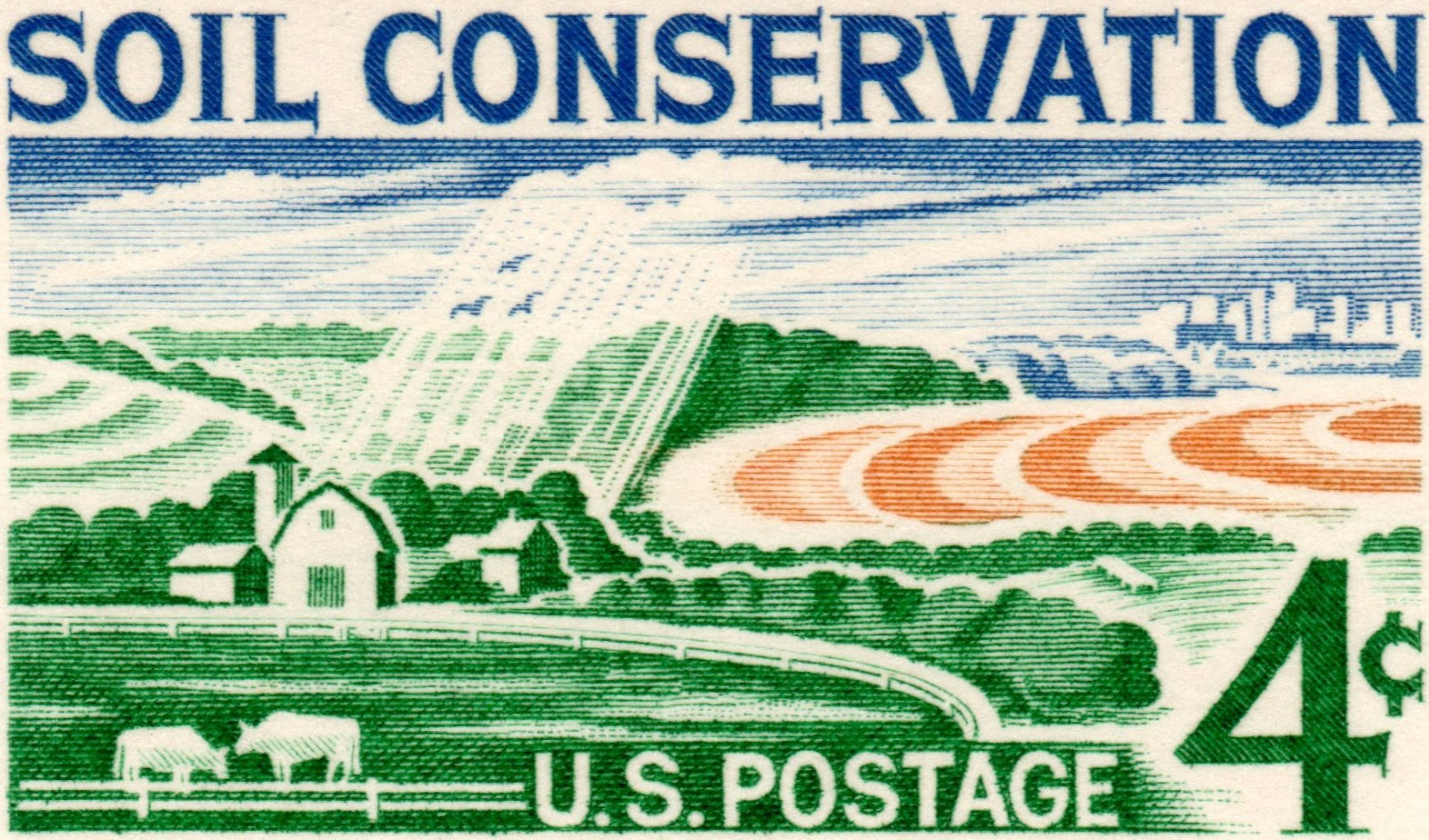Using neonicotinoid insecticides as seed treatments is a common practice in field crop production. Exposure of nontarget organisms to neonicotinoids present in various environmental matrices is debated. In the present study, concentrations of neonicotinoid residues were measured in the top 5 cm of soil and overlying soil surface dust before planting in 25 commercial fields with a history of neonicotinoid seed treatment use in southwestern Ontario in 2013 and 2014 using liquid chromatography–electrospray ionization tandem mass spectrometry. The mean total concentrations were 3.05 ng/g and 47.84 ng/g in 2013 and 5.59 ng/g and 71.17 ng/g in 2014 for parent soil and soil surface dust, respectively. When surface and parent soil residues were compared the mean concentration in surface dust was 15.6-fold and 12.7-fold higher than that in parent soil in 2013 and 2014, respectively. Pooled over years, the surface dust to parent soil ratio was 13.7, with mean concentrations of 4.36 ng/g and 59.86 ng/g for parent soil and surface dust, respectively. The present study's results will contribute important knowledge about the role these residues may play in the overall risk assessment currently under way for the source, transport, and impact of neonicotinoid insecticide residues in a maize ecosystem.
Source:
Victor Limay-Rios, Luis Gabriel Forero, Yingen Xue, Jocelyn Smith, Tracey Baute, Arthur Schaafsma. Environ Toxicol Chem 2016;35:303–310
DOI: 10.1002/etc.3257

- Login om te reageren
